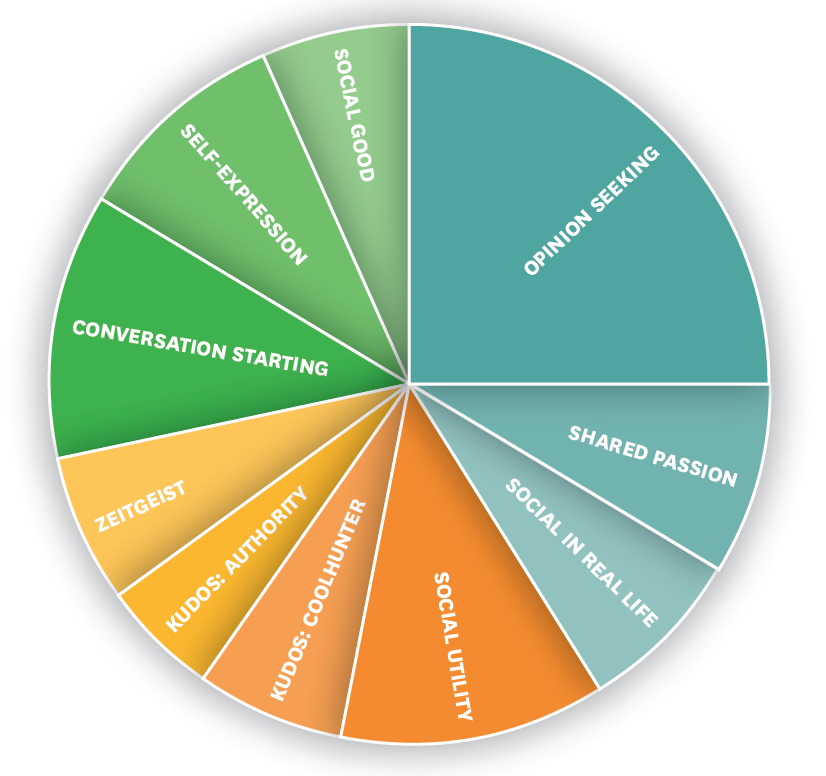Is There a Viral Video Recipe?
For online marketers, creating a viral video often seems like winning the lottery. If it is your lucky day and you play your cards wisely (create and publish the right content at the right time), it could make you rich! There are a lot of established best practices to follow in online marketing from designing websites to using social media. However, we cannot seem to figure out why some videos become viral. Why is Grumpy Cat so popular? Is there such a thing as a viral video recipe?
In a recent article, The Harvard Business Review (HBR) presented the results of a study conducted by Unruly. The marketing technology company analyzed 430 billion video views and 100 000 consumer data points and revealed the two most powerful drivers of viral success: psychological response and motivation. The better videos make consumers feel, the more likely they will share it. There are also many motivations for social sharing. HBR explored these motivations for Purina’s “Puppyhood” video who had 5 millions views in the six weeks after its launch (quite impressive).
Emotional Response and Social Motivation
People who saw the “Puppyhood” video mainly felt warmth (58%), happiness (56%), hilarity (31%) and surprise (10%). Their motivations for sharing it were:
- Opinion seeking “I want to see what my friends think.”
- Shared passion “It lets me connect with my friends about a shared interest”.
- Social in real life “It will help me socialize with my friends offline.”
- Social utility “This could be useful to my friends.”
- Kudos: coolhunter “I want to be the first to tell my friends.”
- Kudos: authority “I want to demonstrate my knowledge.”
- Zeitgeist “it’s about a current trend or event.”
- Conversation starting “I want to start an online conversation.”
- Self-expression “It says something about me.”
- Social good “It’s for a good cause, and I want to help.”
What does it say about a viral video recipe? These results represent the case of a specific video but can still be useful to create video content. They suggest marketers should target positive emotions and try to evoke them as intensely as possible. They should also make sure viewers will be motivated to share the video. Choosing one or a few of the motivations presented above to create content is a good start.
Myths About Online Videos
The MIT Sloan Management Review also investigated how to create online videos that engage viewers. By examining a mix of popular and unpopular videos, the research allowed to dispel some myths about online videos. It came up with an interesting conclusion that supports past studies and the results presented in the HBR article. First, here are a couple interesting myths that were dispelled:
- Professional content works better. Professionals seem no better than amateurs at creating compelling content. You do not need expensive resources to be viral. Your cat (or mine) could be the next YouTube sensation.
- Babies attract viewers. Babies have no impact. They are cute but that is it.
- Animals go viral. Animals are not a sure thing. Videos of animals do not go viral because they contain animals. Your cat might not be the next YouTube sensation.
- Attractive people attract viewers. Attractive people do not engage viewers very well. We are used to see beautiful people in front of the cameras.
- People love to see the underdogs triumph. We probably had enough stories about the triumph of underdogs and it became a cliché.
Surprise Might Be the Key Ingredient
The study supports that emotionally intense (positive or negative) videos are more likely to be shared. Therefore, we suggest that marketers prioritize positive emotions when the video is linked to their brand. The results also showed that emotionally surprising videos generate more liking and views than other videos. The researchers noticed that videos of animals are probably successful because they present animals doing surprising things! Grumpy cat must be surprising us.
Is there such a thing as a viral video recipe? There is probably not but the guidelines presented in this article can be useful to create good video content. The perfect viral video recipe might appear in the next years… In the meantime, you can measure the performance of your video ads and learn to make them better (blog post in French)!
References:
- Harvard Business Review (2015). “Why Some Videos Go Viral”, Harvard Business Review, September 2015, p. 34-35.
- Pirouz, D. M., Johnson, A. R., Thomson, M. and R. Pirouz (2015). “Creating Online Videos That Engage Viewers”, MIT Sloan Management Review, vol. 56, no 4, p. 83-88.
- Cover picture (Grumpy Cat): Bleeding Cool



